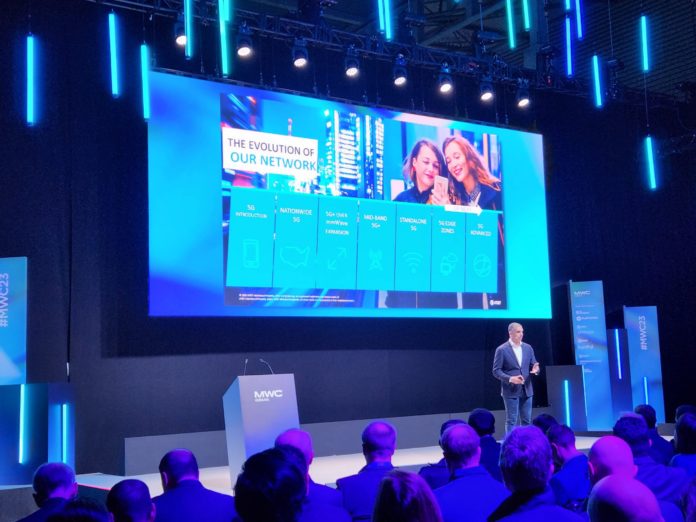BARCELONA—Igal Elbaz, AT&T’s CTO for networks, has words for Open RAN doubters: Open RAN is going to happen, because it’s that important to telecom innovation. It’s just a matter of when, and he said there are two factors which will determine how quickly it happens.
“Openness in wireless networks is important so we can drive more innovation, so we can have more intelligent networks, so we can have a vibrant ecosystem of vendors participating,” Elbaz told an audience at Mobile World Congress Barcelona. “I know there are some [who wonder] whether it’s going to take off. Are we slow? Are we fast enough? Do we have confidence in this? …
“It’s important. It will happen, because it’s important,” he affirmed. But he said, the factors impacting the speed at which Open RAN is adopted are twofold: The maturity of the ecosystem, and individual operators’ investment cycles. Operators aren’t going to hold up their 5G deployments so that they can make sure Open RAN is an immediate part of them.
“If we are down investing and building 5G, we’re not going to stop because we’re waiting for something,” he said. “But there’s going to be another window and another investment cycle in which we can introduce those technologies.”
Elbaz expressed confidence both that the Open RAN ecosystem will reach sufficient maturity, and that’s it’s fine if it takes some time to do so, because most operators are going to be deploying it to legacy networks—and those investment cycles keep coming. AT&T, he added, is focused right now on O-RAN testing and trials.
Monetizing 5G networks is also a major theme at the show. Elbaz told the audience that while he thinks there will be many 5G “killer apps”, he offered up the specific example of vehicles. “Cars are becoming the next mobile platform, and they’re a great example of what 5G can bring,” he said, pointing out that AT&T carries more than 100 million connected devices on its U.S. network, and more than half of them are vehicles. 5G is able to support both bulk uplink of data from vehicles, and high capacity for software pushes, he offered. “Meanwhile, inside the vehicle “Think about the electric car, which has a huge amount of data, that on one side you have to constantly push software into the car; at the same time you have to offload some of the data coming off the car. So things like bulk uplink of data or high capacity in order to push down software. “Then, think about the experience inside the car,” he continued. “You have voice-assisted services, you have entertainment services, and all the time, when you … have an autonomous car, you may need teleoperations, where someone may have to take over the car. Those three use cases inside of the car may require different network characteristics, and that’s the beauty with 5G—we can provision different experiences or different services … The possibilities are immense, and we are pursuing them.”


